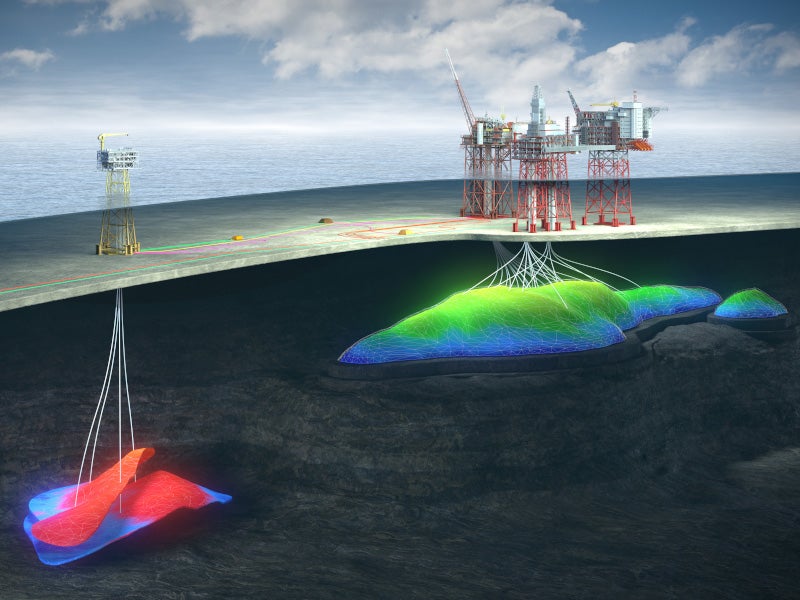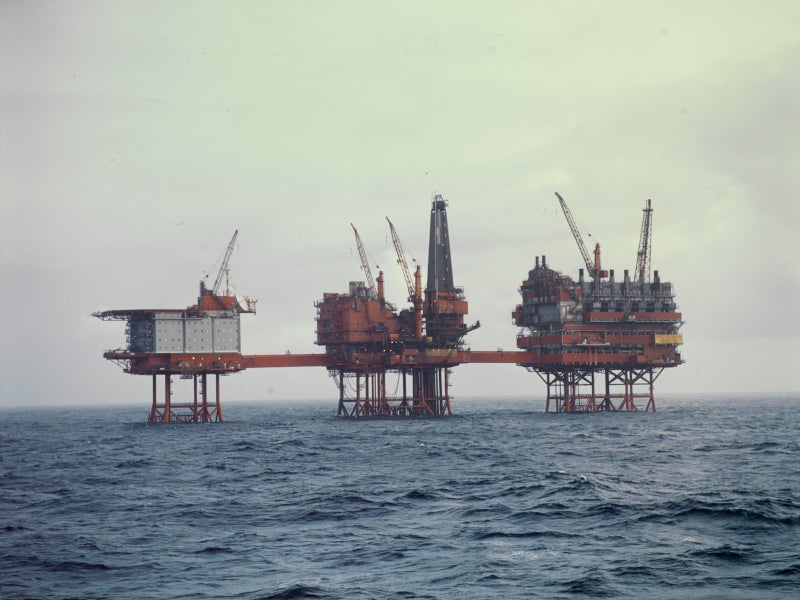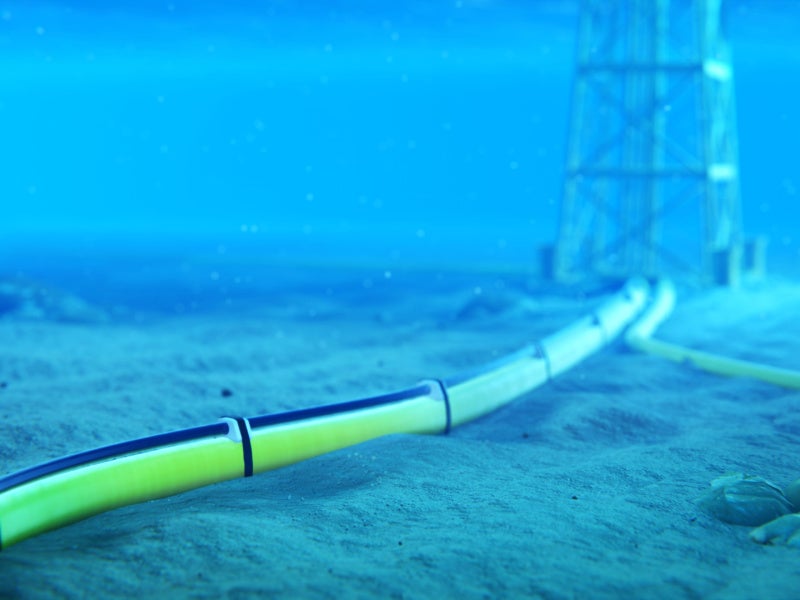The Fenris field (formerly known as King Lear) is a gas and condensate discovery being developed offshore North Sea, Norway.
Aker BP, an oil exploration and development company based in Norway, holds a 77.8%, stake in the field and operates it, while PGNiG holds the remaining 22.2% stake.
The field was previously owned by Equinor Energy (77.8%) and Total E&P Norge (22.2%). Aker BP acquired Equinor’s share in the field in December 2018, while PGNiG acquired Total’s share in October 2019.
The development and operation plan of the field was submitted to the Norwegian Ministry of Petroleum and Energy (MPE) in December 2022. The field is expected to commence production in 2027.
Fenris gas and condensate field location
The Fenris field is situated in production licenses 146 and 333, approximately 50km south of the Ula field at a water depth of 70m. It lies about 50km north of the Valhall field and 20km north of the Ekofisk field.
Geology and reserves
The Fenris field contains gas and condensate in Jurassic-age sandstones of the Ula and Farsund formations. It consists of two Upper Jurassic reservoirs located at a depth of 5,000m.
The field is estimated to hold total recoverable resources of 160 million metric barrels of oil equivalent (Mmboe). The gas and condensate accumulation has a high pressure from 950 bar to 1,050 bar and a high temperature between 165⁰C and 185⁰C.
Discovery and exploration
The Fenris gas and condensate field was discovered by the 2/4-14 discovery well in the Farsund Formation in 1989. The field was further appraised through wells including 2/4-18, 2/4-21, 2/4-21 A, and 2/4-23 S.
The 2/4-21 exploration well was drilled in 2012 using the Maersk Gallant drilling jack-up rig to a total depth of 5,395m, to prove gas in the late Jurassic intra-Farsund Formation sandstone units. The 2/4-23 S well led to the discovery of gas in the Ula Formation accumulation in 2015.
Fenris field development details
The field is being developed along with the redevelopment of the Valhall field located in the southern part of the North Sea, which is also operated by Aker BP.
The field development plan includes the drilling of four wells, including two vertical wells each in the Farsund Formation and Ula Formation, through an eight-slot unmanned wellhead platform. The wells are anticipated to be drilled in 2024 and 2025.
The platform topsides will weigh 2,500 tonnes (t) and will be supported by a 3,000t steel jacket substructure. The platform will be tied back to the Valhall field centre through a 50km pipeline for further processing and export of the Fenris field production.
The Valhall production and wellhead platform (PWP) will also be modified to receive the production from the Fenris field. The project is expected to increase the gas export from the Valhall field through the Norpipe pipeline to Europe.
The fabrication of the unmanned wellhead platform is expected to start in the second quarter of 2023. The jacket is anticipated to be delivered in 2024 and topsides in 2026.
Contractors involved
Aker Solutions, an energy solutions provider, was awarded an engineering, procurement and construction (EPC) and offshore hook-up contract for the field’s unmanned wellhead platform in December 2022. The unmanned wellhead platform and its jacket structure are planned to be fabricated at Aker’s Solutions’ Verdal yard in Norway.
Aker Solutions was also awarded the project’s front-end engineering and design (FEED) contract in December 2021.










